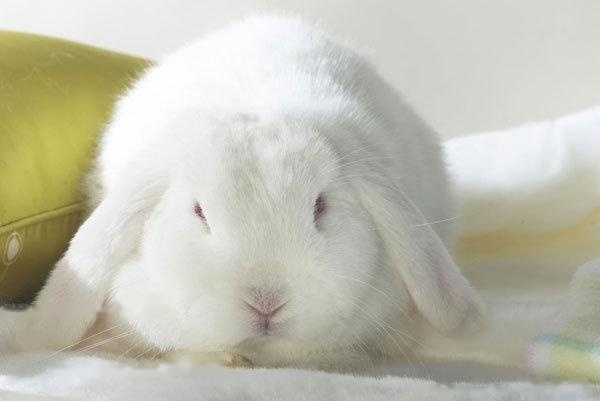
(1) It is not suitable to feed silage: silage is eaten by cattle and sheep, but it is not suitable for feeding rabbits. There are two reasons: First, rabbits are herbivores, and the forage they eat depends on the caecum. Microorganisms secrete cellulase to digest crude fiber. There is an enlarged round balloon at the junction of cecum and ileum, which can secrete alkaline solution to neutralize the acid produced by microorganisms. Due to the high acidity of silage, the round sac secretes alkali Sexual fluids are limited and cannot be neutralized. A hyperacidic environment will affect the growth and reproduction of microorganisms in the cecum, resulting in a decrease in the amount of cellulase secreted by microorganisms, often resulting in indigestion and even autoacidosis. Second, the silage is easily deteriorated when exposed to the air. Rabbits are particularly sensitive to eating this spoiled feed, and even die from poisoning. If it needs to be fed, it must be mixed with other feeds before feeding, and cannot be fed alone.
(2) It is not appropriate to use antibiotics: some farmers often add oxytetracycline, dioxin and other antibacterial drugs to the feed to prevent diseases, which is not appropriate. After oral administration of these drugs into the digestive tract, a large number of beneficial microorganisms will be killed, and at the same time, pathogenic bacteria, especially Salmonella, will develop strong drug resistance and multiply. For this reason, it is recommended that rabbit farmers do not commonly feed rabbits with antibiotics. When antibiotics are necessary for the disease, they can be administered intravenously or intramuscularly.
(3) Rabbit houses should not be covered with asbestos tiles: Some people use asbestos tiles to build shelters for the sake of saving trouble and convenience, which is harmful to rabbits. Because the asbestos tile is thin and has poor thermal insulation and cold resistance, the house is sultry in summer and the temperature in the house is lower in winter. In addition, asbestos tiles contain a large amount of glass fibers. After being blown by the wind, sun, and rain, the glass fibers fall off and rise with the wind, which is highly irritating to rabbits, which is easy to cause cough and asthma, and in severe cases, secondary rhinitis, Pneumonia, conjunctivitis, keratitis and other diseases.
(4) It is not advisable to catch the ears and waist of rabbits: Some people like to catch the ears when catching rabbits, which can easily hurt the rabbits, especially the heavy rabbits. It is also not advisable to catch the waist of the rabbit to avoid damage to the internal organs, or cause rabbit brain congestion. The correct way to catch the rabbit: Don't frighten the rabbit first, then stroking the rabbit's head with your hand along the hair. After the rabbit is quiet, grab the skin on the back of the neck and gently lift it up and quickly support the rabbit's buttocks with the other hand. In this way, you can avoid hurting the rabbit body and prevent the rabbit's claws from hurting people.
(5) The rabbit house should not be connected to the chicken house: some farmers engage in three-dimensional breeding, with the rabbit house on the top and the chicken house on the bottom, which has many harms: First, the environmental pollution is serious, affecting the chicken, Rabbit grows. Second, infectious diseases are prone to occur, causing difficulties in prevention and control work. Third, chickens and rabbits interfere with each other, which is prone to adverse consequences.
![[Dog Training 5] The training method of pet dog dining etiquette](/static/img/12192/12192_1.jpg)




